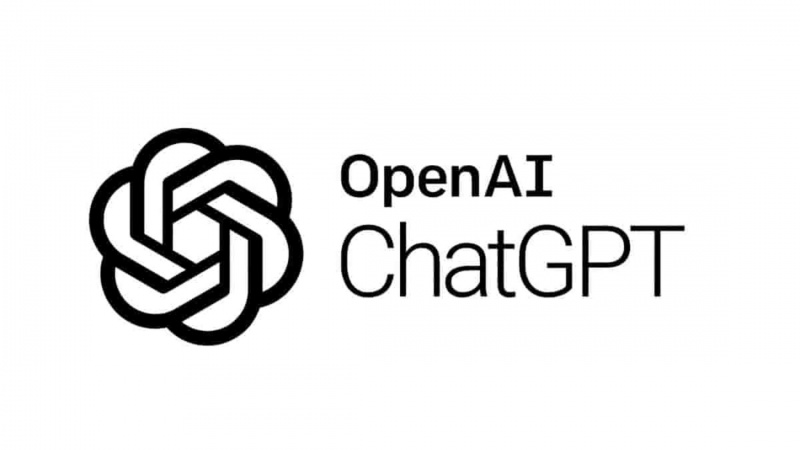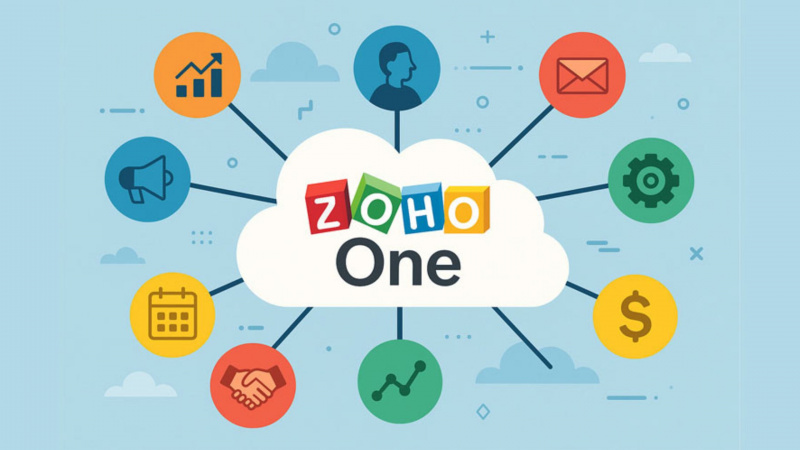FinTech Loans Account for 76% of Sanction Volume, 12% in Value for H1FY25: FACE
Factors Driving FinTech Growth Digital Transformation:The shift to digital banking and the growing reliance on mobile apps have enabled FinTech companies t
- by B2B Desk 2025-01-14 09:23:58
In a remarkable indication of the growing penetration of financial technology (FinTech) in India, FinTech loans accounted for 76% of the total loan sanction volume and 12% of the sanction value in the first half of the fiscal year 2025 (H1FY25), according to a report by the Fintech Association for Consumer Empowerment (FACE).
Key Findings from the Report
-
High Volume, Low Value:
The report highlights that while FinTech lenders have managed to capture a dominant share in terms of the number of loans sanctioned, their contribution in terms of value remains relatively low at 12%. This disparity underscores the focus on microloans and small-ticket lending, which are FinTechs' forte. -
Focus on Consumer Needs:
The majority of FinTech loans are geared toward fulfilling short-term consumer requirements, such as personal loans, education loans, and small-scale business financing. Their ability to provide quick disbursement and simplified processes has made them popular among borrowers. -
Urban and Semi-Urban Penetration:
FinTech lenders are increasingly expanding their reach in urban and semi-urban areas, where digital adoption is high, and consumers are seeking fast, paperless financial services.
Factors Driving FinTech Growth
-
Digital Transformation:
The shift to digital banking and the growing reliance on mobile apps have enabled FinTech companies to tap into a wider audience, especially millennials and Gen Z. -
Ease of Access:
The user-friendly application process, minimal documentation, and fast approvals have made FinTech loans a preferred choice for individuals and small businesses. -
Regulatory Support:
Supportive government policies, such as the RBI's initiatives for digital lending, have bolstered the FinTech sector's growth. -
Data-Driven Decision-Making:
Advanced algorithms and data analytics allow FinTech lenders to assess creditworthiness more accurately, leading to efficient loan disbursals.
Challenges Ahead
-
High Default Risks:
The small-ticket size and lack of stringent verification processes could increase the risk of defaults. -
Limited Value Contribution:
Despite commanding a significant share in loan volumes, FinTechs contribute a smaller share to the overall value, which could hinder profitability in the long run. -
Competition from Traditional Banks:
As traditional banks adopt digital strategies, FinTechs may face increased competition in their core markets.
Outlook for FinTech Lending
The growing influence of FinTech lenders in India's financial ecosystem is undeniable. However, to ensure long-term sustainability, they will need to focus on enhancing operational efficiency, expanding their value offerings, and mitigating credit risks. As digital adoption continues to rise, FinTech companies are poised to play a pivotal role in driving financial inclusion in the country.
POPULAR POSTS
Loan EMIs to Drop as RBI Slashes Repo Rate - Full MPC December 2025 Highlights
by Shan, 2025-12-05 11:49:44
Zoho Mail vs Gmail (2025): Which Email Platform Is Best for Businesses, Startups, and Students?
by Shan, 2025-10-09 12:17:26
PM Modi Launches GST Bachat Utsav: Lower Taxes, More Savings for Every Indian Household
by Shan, 2025-09-24 12:20:59
$100K H-1B Visa Fee Explained: Trump’s New Rule, Clarifications & Impact on Indian Tech Workers
by Shan, 2025-09-22 10:11:03
India-US Trade Deal Soon? Chief US Negotiator Arrives in Delhi as Talks Set to Begin Tomorrow
by Shan, 2025-09-15 11:54:28
Modi Meets Xi: Trump’s Tariffs, Strategic Autonomy, and the Future of Asia’s Power Balance
by Shan, 2025-09-03 06:40:06
Google Claims Gemini AI Uses Just ‘Five Drops of Water’ Per Prompt, Sparks Debate
by Shan, 2025-08-22 12:34:27
RECENTLY PUBLISHED

Pine Labs IPO 2025: Listing Date, Grey Market Premium, and Expert Outlook
- by Shan, 2025-11-05 09:57:07

The Agentic Revolution: Why Salesforce Is Betting Its Future on AI Agents
- by Shan, 2025-11-05 10:29:23

Top 10 Insurance Companies in India 2026: Life, Health, and General Insurance Leaders Explained
- by Shan, 2025-10-30 10:06:42

OpenAI Offers ChatGPT Go Free in India: What’s Behind This Big AI Giveaway?
- by Shan, 2025-10-28 12:19:11

Best Silver Investment Platforms for 2025: From CFDs to Digital Vaults Explained
- by Shan, 2025-10-23 12:22:46





 Subscribe now
Subscribe now 